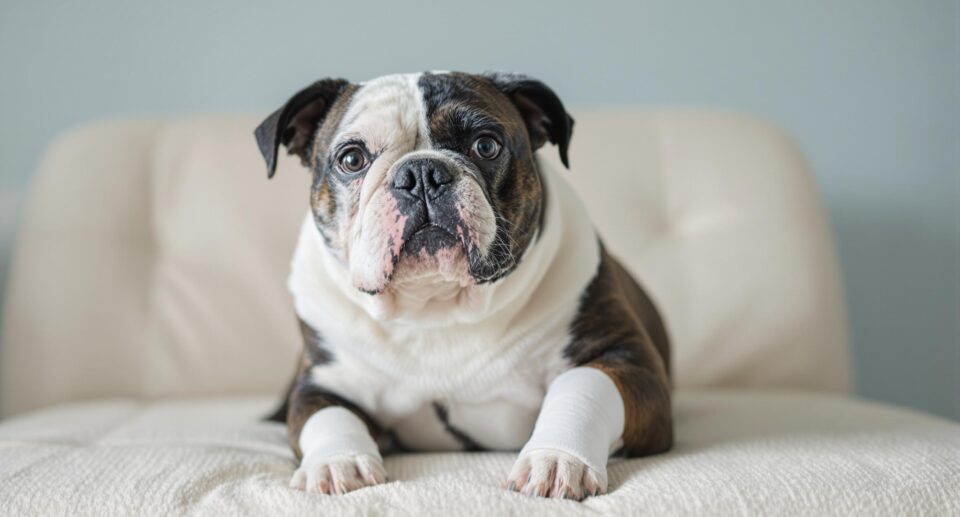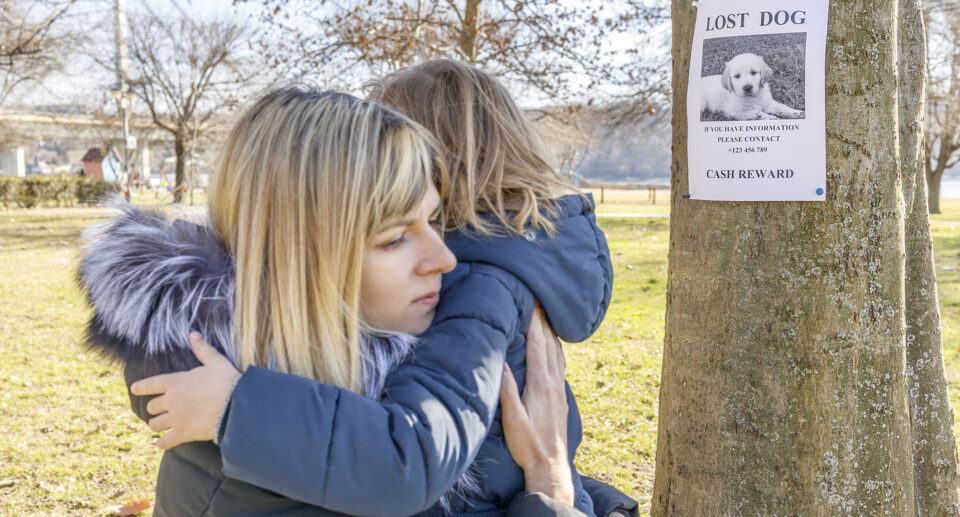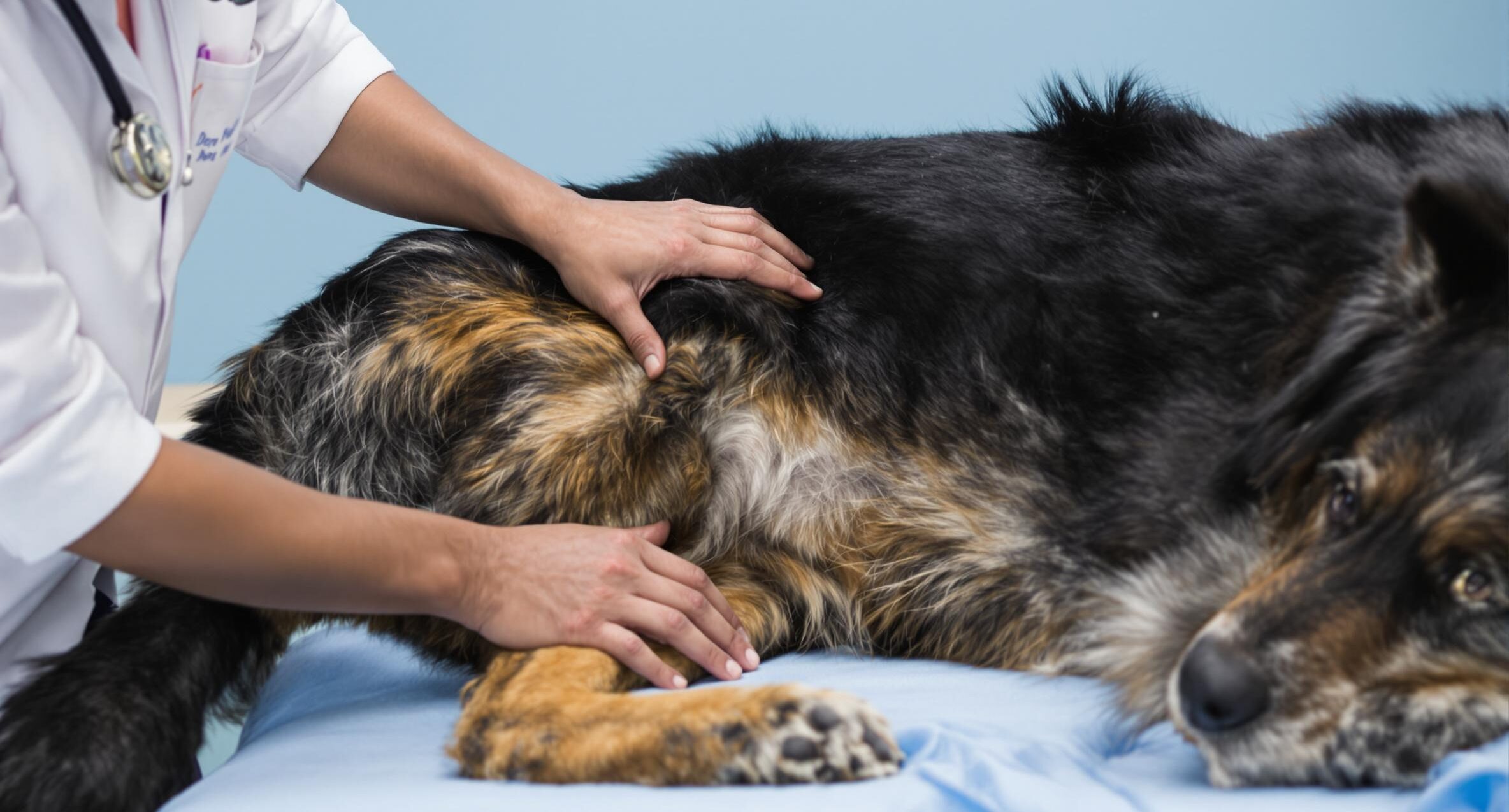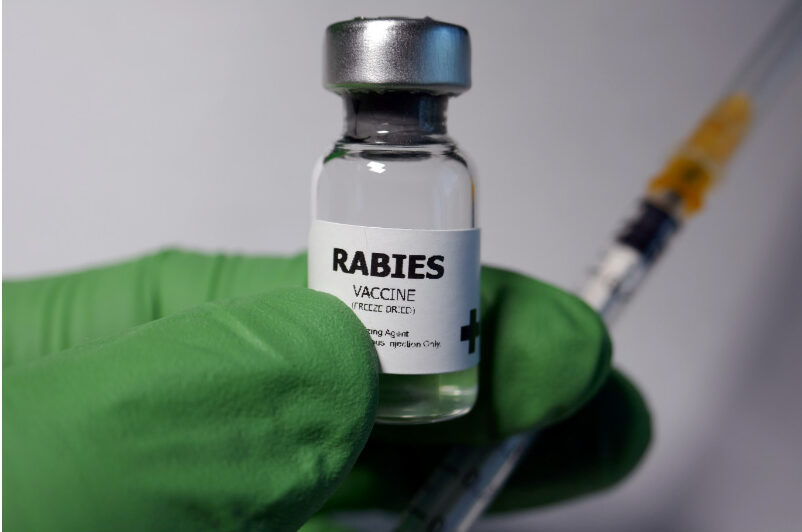
If your dog got hurt today, would you know what to do? With a well-equipped first aid kit, you can take care of common minor injuries like cuts and scrapes at home. You may even save your dog’s life one day. Gather these supplies and get to know how to use them so you can stay calm and act fast in the event of an emergency.
Is Your Dog Prepared For Emergencies?
It’s a good idea to keep canine first aid supplies somewhere they’ll be easy to find. You may want to keep them with your family’s first aid supplies or with your dog’s other belongings.
Keep in mind that your dog may need medical help when you’re traveling or on a day trip to the beach, on a hike, or otherwise far from home. It may make sense to make a small, portable version of your dog’s first aid kit to keep in your car.
What about if you and your family needed to evacuate? It’s a good idea to include everything you’d need to grab your dog on short notice, such as an extra leash and harness, non-perishable dog food, extra medication, a carrier, portable food and water bowls, and bottled water, along with first aid supplies.
What To Include In Your Dog’s First Aid Kit
If your dog gets a cut or scrape, you can clean and wrap the wound at home to prevent infection while it heals. If your dog ever gets a deep puncture wound or more serious injury, you can also use wound dressings in their first aid kit to stop bleeding while your dog awaits veterinary care.
Contrary to popular belief, it’s not necessary to use peroxide or rubbing alcohol to disinfect a wound. In fact, these antiseptics can irritate the damaged tissue and delay healing. Instead, rinse the wound with tap water or saline solution. Wound dressing ointment is a good option for gently eliminating bacteria and keeping the wound moisturized to promote healing.
Hydrogen peroxide can be used to make your dog vomit in the event they are poisoned or eat something toxic. Only induce vomiting under the guidance of your veterinarian over the phone, as some substances do more harm coming back up.
Also include scissors and tweezers to remove any hair or debris in and around the wound. That peroxide is fine for disinfecting these tools before and after use. Gauze is great for wrapping wounds on just about any part of the body, and it can be secured with self-adhesive bandaging tape.
Most thermometers used for humans also work for dogs. You’ll want to keep a dedicated dog thermometer, though, as it needs to be inserted anally. You’ll need small packets of lubricant, gloves, and peroxide or alcohol wipes when you take your dog’s temperature.
A small notebook containing contact information and address for your regular veterinarian, nearest 24/7 emergency veterinary hospital, and an emergency contact, someone who you’d trust to care for your dog in an emergency.
Also include information that would be helpful in an emergency, such as:
- Normal temperature for a dog : 101 to 102.5°F.
- Your dog’s normal resting heart rate. Resting heart rate varies widely depending on your dog’s age and size, so it’d be helpful to know what’s normal for your dog.
- Medication dosage and schedule
- Allergies or dietary restrictions
Dog First Aid Kit Quick Checklist
- Scissors
- Tweezers
- Gauze
- Bandages/Self adhesive vet wrap
- Liquid Bandage
- Kwik Stop Styptic Powder
- Thermometer
- Saline solution
- Wound ointment
- Hydrogen peroxide
- Alcohol wipes
- Cone
- Muzzle
- Disposable gloves
- Vaseline or lubricant
- Chewable dog aspirin (human OTC painkillers can cause stomach bleeding in dogs)
- Generic Benadryl
- Extra medication
- Extra leash & harness
- Dog first aid guidebook
- Vet & emergency vet phone numbers & addresses





